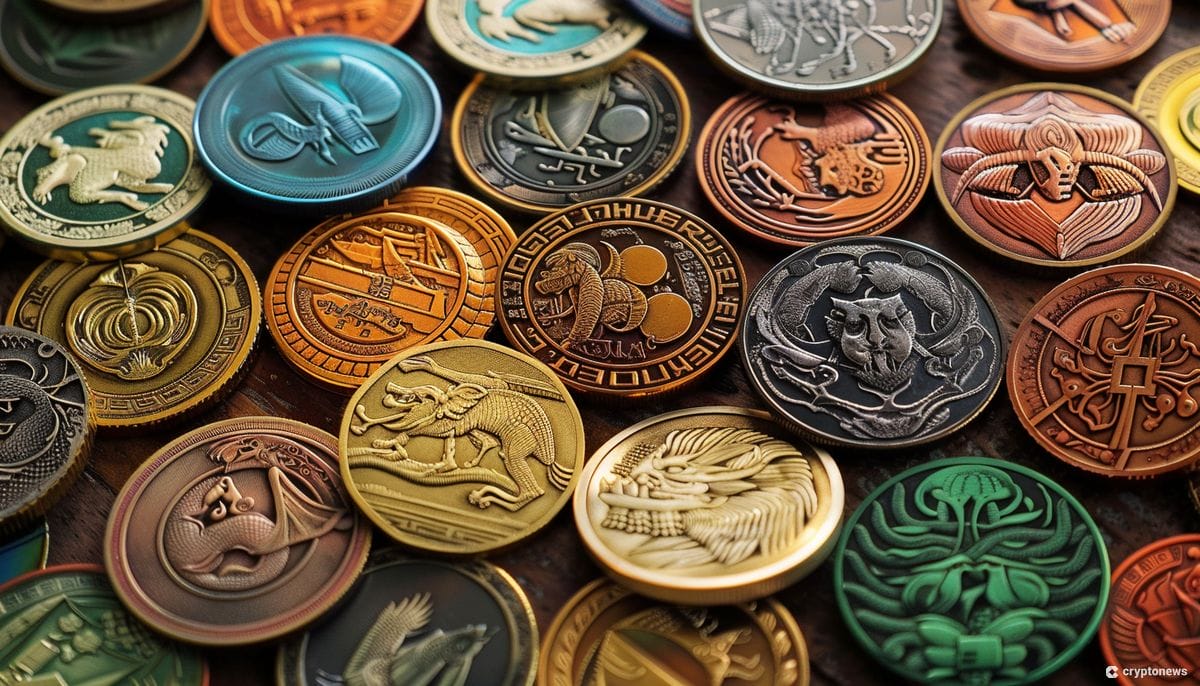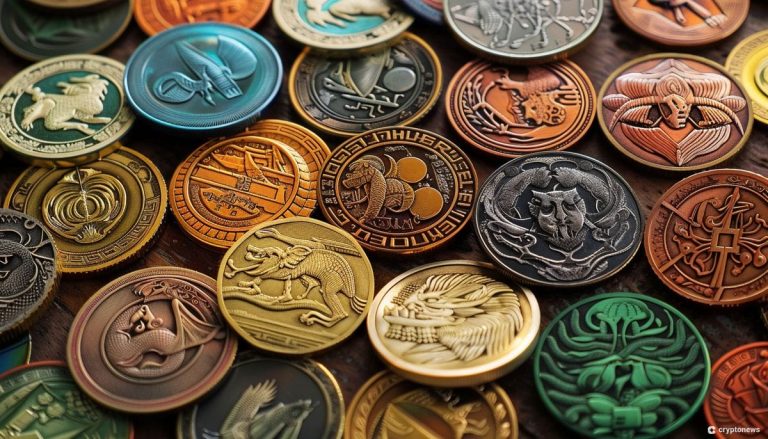
A new category of meme currencies, “cultural currencies,” centered around cultural values such as politics, lifestyle and religion could see greater growth this cycle than meme currencies like Dogecoin and Shiba Inu, according to Mechanism Capital co-founder Andrew Kang. .
Kang tweeted on April 7 Meme tokens that focus on deeper cultural themes can offer greater profit potential than traditional meme tokens centered around animals and simple jokes.
The rise of cultural currencies: Investing in meme currencies with strong cultural associations
Culture Coins: A new category of Memecoins
You can think of all meme coins as cultural coins. Memes themselves are defined as elements of culture that are spread by individuals around the world. The first big meme coin, Doge was based on a popular internet meme itself and… pic.twitter.com/8ZANSXIdIQ
–Andrew Kang (@Rewkang) April 7, 2024
Kang believes that cultural currencies have the potential to spread due to the strong values and identities of their communities.
He pointed to specific examples such as Geo Boden (BODEN) and Donald Trump (TREMP). – Solana-based memes that quickly gained traction within communities holding “anti-woke, anti-Biden, and right-wing views.”
BODEN, which launched on March 9, has seen significant growth, with gains exceeding 700,000% since inception and a market capitalization of $473 million. TREMP, a Donald Trump parody coin launched on February 27, also saw significant gains, though not as much as BODEN, with… Market value: $73 million.
According to Kang, assets that “pump more aggressively,” such as stocks, real estate, metals and coins, are simply assets that people can best believe in. This makes it somewhat similar to cryptocurrencies, whose values depend primarily on a group of investors banding together behind a project.
He stated that Mechanism Capital has strategically invested in cultural currencies that appeal to large real-world communities, focusing on strong teams, iconic communities, and compelling marketing campaigns.
In addition to political ideologies, Kang suggested that memes inspired by successful consumer brands, such as ZYN and MOUTAI, could leverage the lifestyle associated with those brands to further spread. He described this phenomenon as a “circular economy” of gains.
$MOUTAI represents a huge opportunity as a potential “electronic currency for China and Asia.” Moutai, a popular alcoholic beverage brand very popular among Chinese and Chinese diaspora, symbolizes wealth and success.
On the other hand, $ZYN represents a widely popular nicotine pod product that has fostered a thriving community of “zeners” and influencers. The coin caters to a demographic of the “bro” culture, including athletes and financial professionals, who may have disposable income for investment.
The debate over Memecoins has intensified with the sector emerging as the most profitable narrative
While some, like Arthur Hayes, co-founder of BitMEX, view memes as a positive force for blockchain networks, others criticize them as speculative and potentially damaging to the industry's founding principles.
According to a hadith a report By CoinGecko The memecoin sector has become the most profitable sector so far this year, surpassing other trends such as real world token assets (RWA) and layer 2 solutions in terms of profitability.
Coins meme registered The highest returns are 1,312.6% on average across tokens by market cap. Meme coins launched in March made it into the top 10 by market cap by the end of the quarter, including Book of Meme (BOME), Brett, and Cat in a Dogs World (MEW).
BRETT posted the highest returns of 7,727.6% by the end of Q1 2024, followed by Dogwifhat (WIF), which saw 2,721.2% year-to-date growth after catching on amid the Solana-based meme coin craze.
At the time of publication, the total market cap of the memecoin sector was $64.8 billion, representing approximately 2.32% of the total cryptocurrency market cap. This represents an increase of 176.9% quarter-on-quarter.


